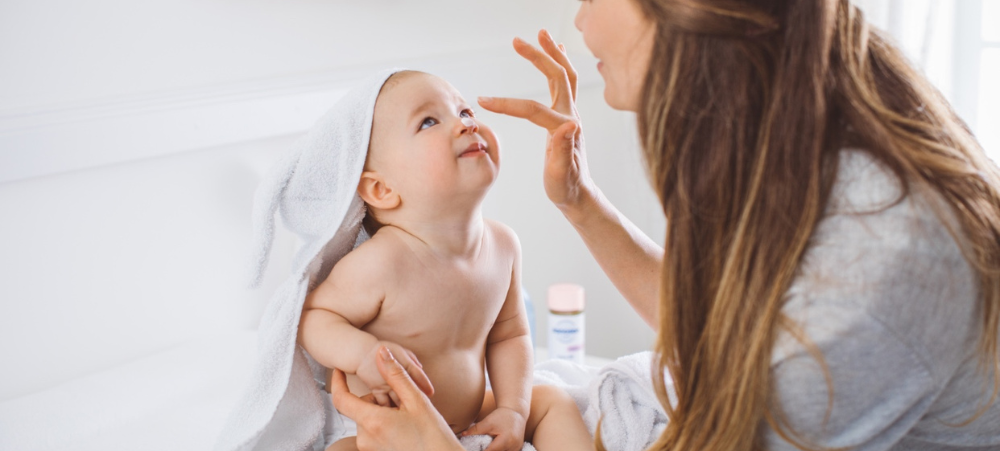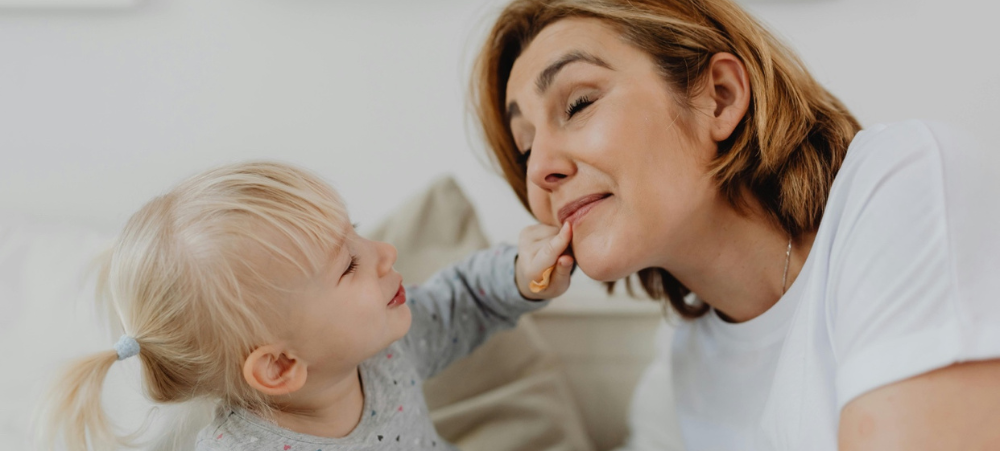Safe sleep should be one of the first things parents are concerned about when creating their child’s sleep environment. It is vitally important and often neglected. Forget about décor and theme (for now!), here’s my top tips for safe sleep:
The most well-known facts:
- Always place your baby on his back to sleep, for naps and at night. The single most effective action parents can take to lower a baby’s risk of SIDS is to place the baby on his back. This is especially important for pre-mature babies who are at higher risk for SIDS.
- Keep the cot area clear. Don’t use pillows, blankets, sheepskins or crib bumpers anywhere in your baby’s sleep area. The same goes for soft objects, toys, and loose bedding. If you feel your baby is cold, dress your baby appropriately and use a safe, tog-rated sleeping bag.
- Use a firm sleep surface, such as a mattress in a safety-approved crib, covered with a fitted sheet. Make sure that there is no space between the cot and mattress where your baby can get wedge in.
- Beware of overheating your baby. The temperatures in South Africa, even in winter, are quite high. Overheating can increase your baby’s risks of SIDS. Use a safe tog-rated sleeping bag and cotton clothes. Fluffy baby blankets can keep heat in and make your child uncomfortable, at the very least.
The lesser known safety I find is often associated with older babies and toddlers. Once we stop worrying about SIDS we sometimes forget that it is NOT the only thing to worry about.
- Remember not to put the monitor in your baby’s cot. There is electricity connected to it, and mobile children can pull these appliances over, or even worse put it in their mouthes. The monitor should be out of the cot and also out of reach.
- Move the cot to the lower level, this should be done around 4 or 5 months. Babies are top heavy and as soon as they can look over the side they can fall out. Sitting up can happen very quickly!
- The cot bumper can be used as leverage. Once your little one can stand, the cot bumper can pose a different risk. Babies can use it to leverage themselves over the side of cot.
- Put things out of reach. When babies are small it is great to have all the bum creams, medicines and creams right on hand at the changing table or in baby’s room. Make sure that when your baby/toddler stands up in their cot all these things are out of reach. Once they can move about alone in their room, these things should rather be stored in a safe cabinet in another room. Pictures on the wall, standing laps and decorations should be kept out of reach around the cot. The cot is for sleeping and not for playing, so rather move mobiles over to the changing area. As soon as babies can sit or stand, the mobile can also be pulled down.
- Keep in mind that once your child can move around, the room should be made safe. Loose furniture such as chairs and bookshelves will be used as crutches to stand up against and if they are not stable than can fall over onto your little one.
- Due to safety reasons the best time to move your toddler to a big bed is between two and half and three years. You don’t want your toddler to be able to roam around their room or your house while you are sleeping. Treat the room with the same respect and safety levels as you had for your baby’s cot and make their environments safe for them. Close the door or put a safety gate up so they aren’t able to go exploring on their own.
References:
https://pediatrics.aappublications.org/content/105/3/650.short
By Jolandi Becker – Good Night Managing Director
Petro Thamm is a mom, and founder of Good Night, a certified Sleep Sense Consultancy as well the director for Africa for the International Association of Professional Sleep Consultants.
For more help on sleep related matters for your baby and/or toddler, contact [email protected], www.goodnightbaby.co.za or like the Facebook page http://www.facebook.com/GoodNightbabyrsa
For more help on sleep related matters for your baby and/or toddler, contact [email protected], www.goodnightbaby.co.za or like the Facebook page http://www.facebook.com/GoodNightbabyrsa
Latest posts by Good Night Baby (see all)
- “Sleep When Your Baby Sleeps” – Planning for Newborn Sleep Bliss - March 18, 2024
- WHERE SHOULD YOUR BABY SLEEP? - March 11, 2024
- Don’t get “nap trapped” - March 5, 2024
Post Views: 32,164






1 thought on “KEEPING SLEEP SAFE”
very informative article. this will help most people like me.